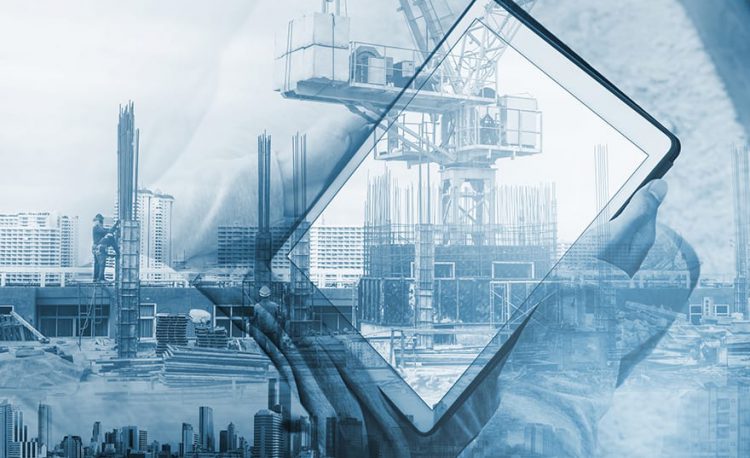
Steel detailing, a critical aspect of structural engineering, involves the creation of detailed drawings for steel fabricators and erectors. These drawings include plans, sections, and details necessary for the fabrication and erection of steel members. As the construction industry evolves, steel detailing is no exception, with emerging trends significantly enhancing efficiency, accuracy, and collaboration. Below, we explore the latest trends shaping the future of steel detailing, along with the software tools driving these advancements.
1. Integration of Building Information Modeling (BIM)
Building Information Modeling (BIM) has become a cornerstone in the construction industry, and its integration into steel detailing is transforming how projects are executed. Software like Tekla Structures and Autodesk Revit are at the forefront of this revolution, allowing steel detailers to create 3D models that are rich with data. These tools enable seamless collaboration among architects, engineers, fabricators, and contractors. By integrating BIM into the steel detailing process, stakeholders can identify and resolve potential clashes early, reducing the likelihood of costly errors during construction. Moreover, the ability to visualize complex steel structures in a 3D environment enhances understanding and decision-making across the project lifecycle.
2. Automation and Artificial Intelligence (AI)
Automation is another trend revolutionizing steel detailing. AI-driven software tools like SDS/2 and IDEA StatiCa are now capable of automating routine and repetitive tasks, such as generating shop drawings, bill of materials, and cutting lists. These tools not only save time but also improve accuracy by minimizing human errors. Additionally, AI algorithms in these platforms can optimize the design of steel structures by analyzing various design options and selecting the most efficient one based on factors such as material usage, load distribution, and construction cost. The incorporation of AI in steel detailing is paving the way for more intelligent and efficient workflows.
3. Cloud-Based Collaboration
The adoption of cloud-based platforms for steel detailing is enhancing collaboration across geographically dispersed teams. Tools like Trimble Connect and Autodesk BIM 360 allow multiple users to access, modify, and share steel detailing models in real-time, ensuring that everyone is working with the latest version of the design. This level of accessibility fosters better communication and coordination among stakeholders, leading to faster project delivery and reduced risks of discrepancies. Furthermore, cloud-based platforms facilitate secure data storage and backup, protecting valuable project information from potential data loss.
4. Parametric Design and Detailing
Parametric design, which allows designers to define the geometry of a structure based on a set of parameters, is gaining traction in steel detailing. Software like Dynamo for Revit and Grasshopper enables the creation of flexible and adaptable models that can be easily modified by changing the underlying parameters. For instance, altering the height or span of a steel beam automatically updates all related components in the model, ensuring consistency throughout the design. Parametric detailing not only speeds up the design process but also enhances the ability to explore multiple design scenarios, leading to more innovative and efficient structures.

5. Advanced Simulation and Analysis
Modern steel detailing increasingly incorporates advanced simulation and analysis tools. Software like ANSYS and RISA-3D allows engineers to simulate the behavior of steel structures under various loads and conditions, such as wind, seismic activity, and thermal expansion. By performing these simulations during the detailing phase, potential issues can be identified and addressed before fabrication begins. This proactive approach results in safer, more resilient structures and reduces the likelihood of costly rework.
6. Sustainability and Material Optimization
Sustainability is a growing concern in the construction industry, and steel detailing is no exception. Tools like Autodesk Robot Structural Analysis and Advance Steel enable detailers to optimize material usage, reducing waste and minimizing the environmental impact of steel construction. These tools offer features that allow for the design of steel members with minimal material while still meeting structural requirements. Additionally, the use of recycled steel and environmentally friendly coatings in detailing practices is becoming more common, aligning with the broader industry trend towards greener construction.
Conclusion
The field of steel detailing is undergoing a significant transformation driven by technological advancements. The integration of BIM, AI, cloud-based collaboration, parametric design, advanced simulation, and a focus on sustainability is revolutionizing how steel structures are designed, detailed, and constructed. As these trends continue to evolve, steel detailing will become even more efficient, accurate, and sustainable, ultimately leading to better-built environments and more successful construction projects. Contact Tom Schaffer at tschaffer@insource-global.com for more information and to work with a team that has experience with these new technologies and software platforms.










